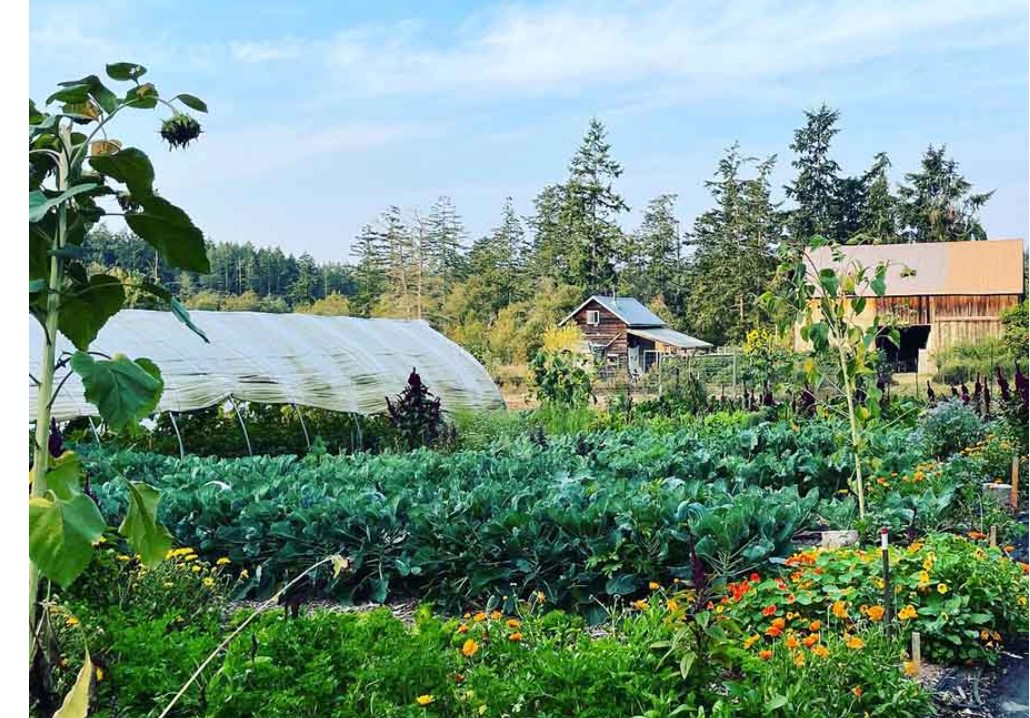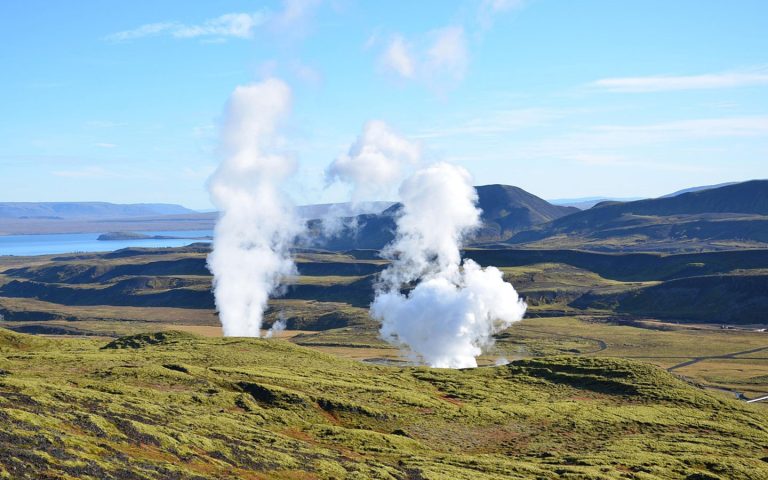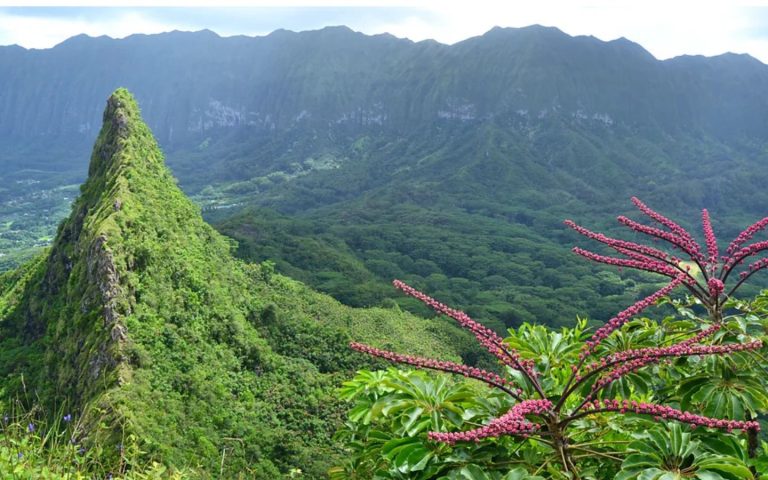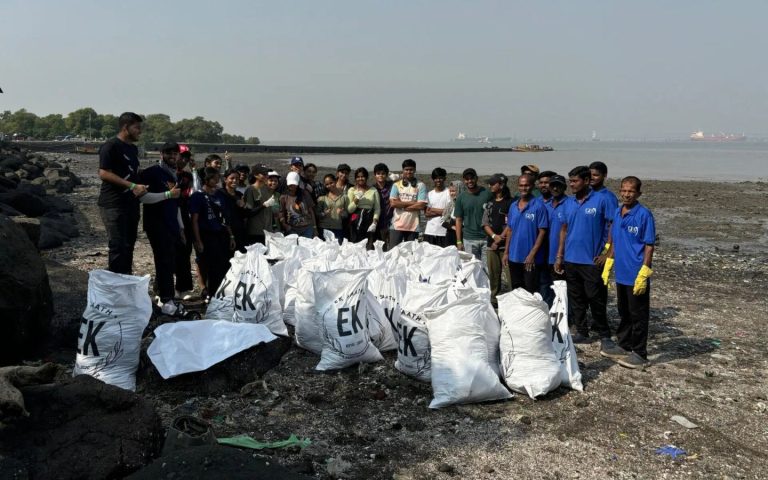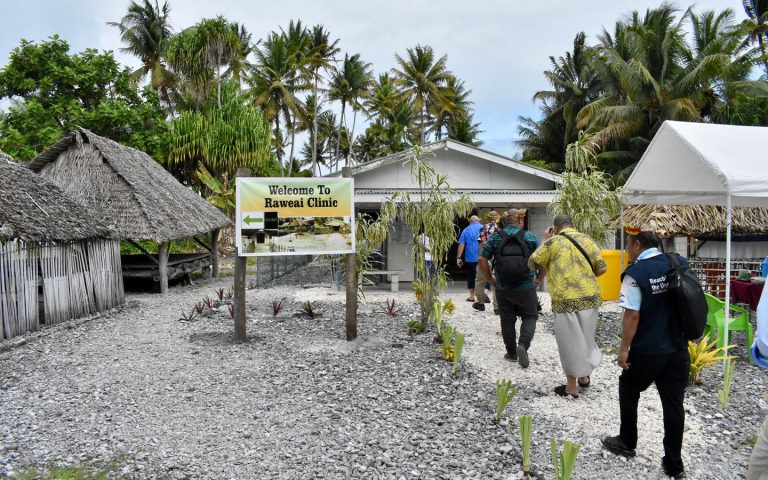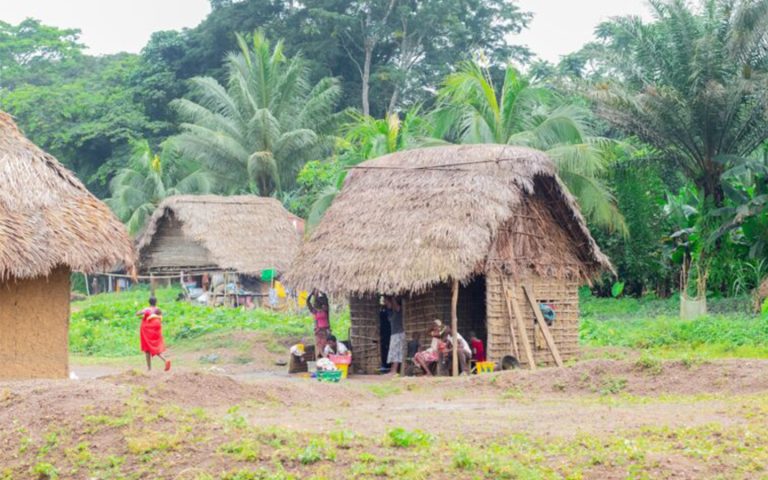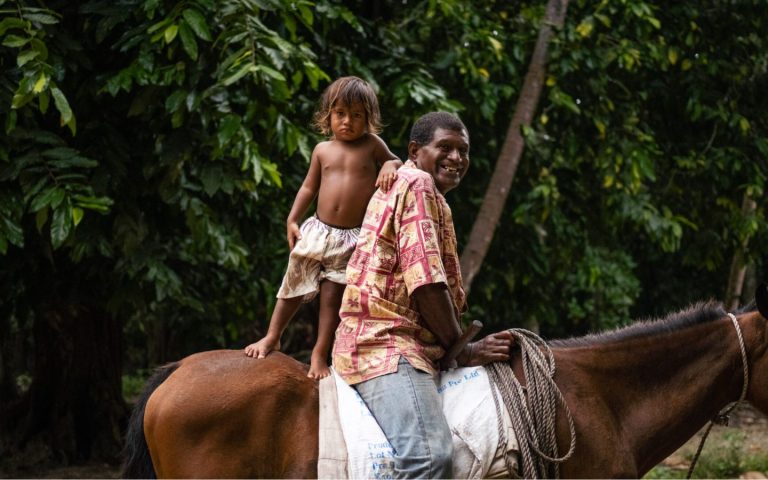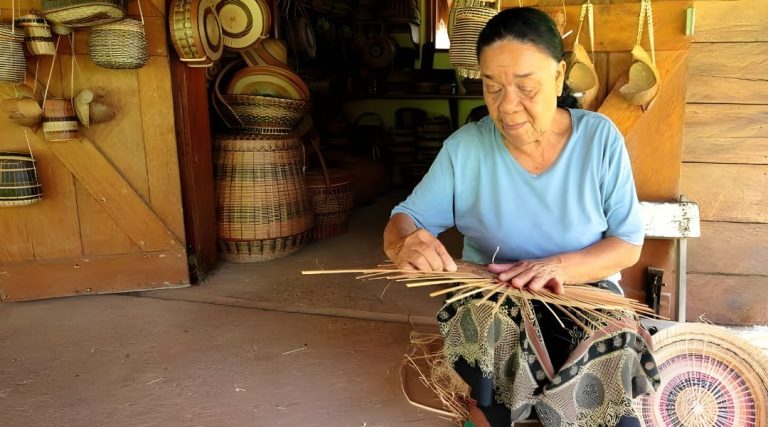Excerpt and Photo from salish-current.org
“We’re a very long way from producing all of our own food. Right now, only around 3.5% to 4% of the food that’s purchased in San Juan County is grown here,” explained Faith Van De Putte from Midnight’s Farm who also serves as the county’s Agricultural Resource Committee coordinator. In the San Juan Islands, food resiliency is a vital part of community members’ livelihoods — and it is more important than ever in the face of climate change.
The changing climate creates new obstacles for agriculture in the islands. Farmers are facing wetter springs that delay planting and disrupt pollination, followed by hotter, drier summers that bring drought and the risk of total crop failures. Van De Putte recalled the devastating heat dome from three years ago which led to multiple farms losing their entire crops: “Those kinds of events can have a very big impact. Anytime we go outside our normal bounds, there’s going to be effects.”
Nathan Hodges of Barn Owl Bakery concurred: “It’s really difficult to predict overall changes in weather patterns due to climate change.” Hodges and Sage Dilts grow some of their own grain for the bakery and shared that, to mitigate this unpredictability, they focus on building diversity within their grain seed bank. “Rather than relying on one very productive monocrop that is genetically identical across all the individuals…we rely on thousands of genetically distinct individual plants and seeds, so that in any given year, there’s always going to be some plant that will do well,” Hodges explained.

